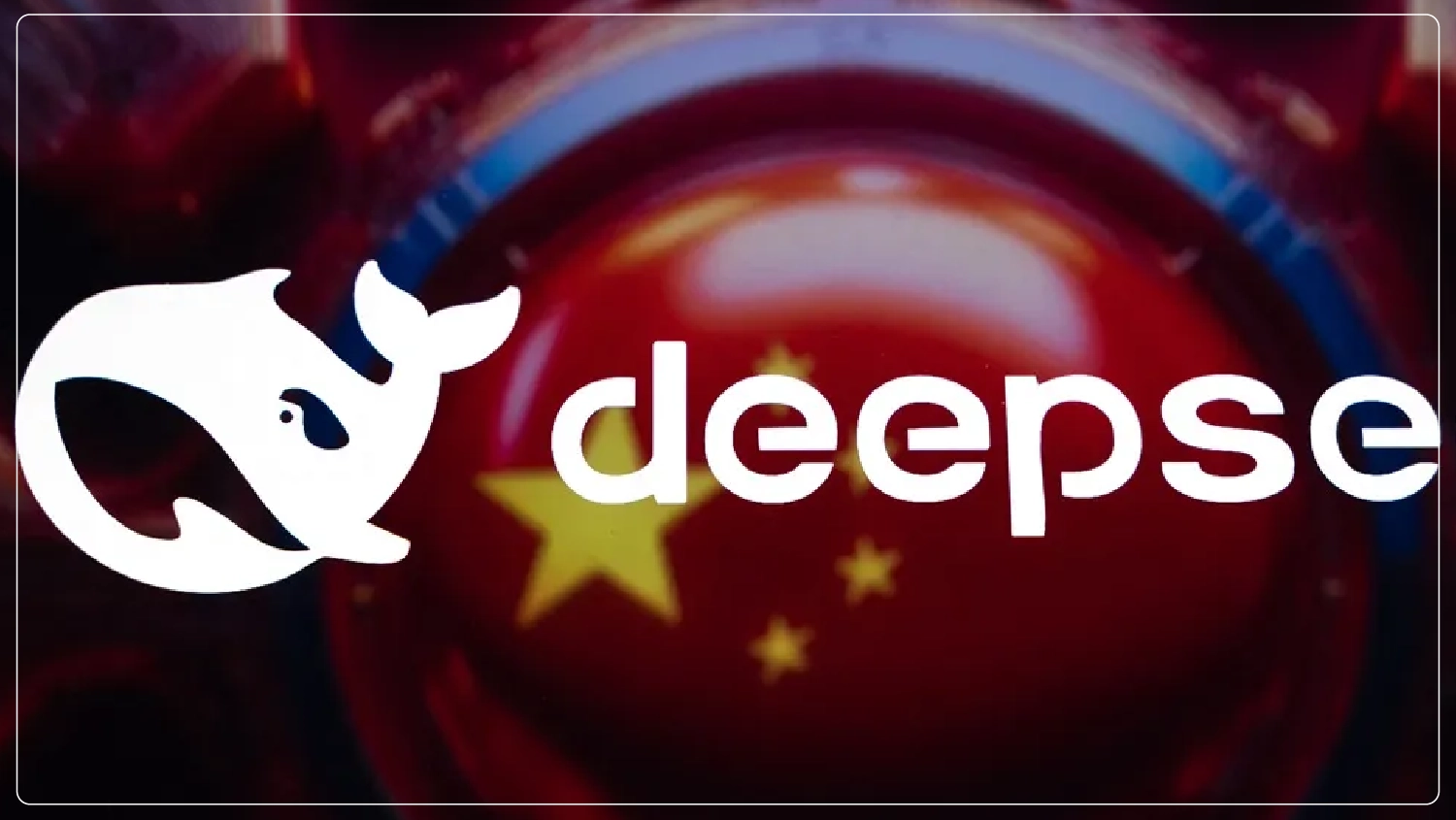April 2025
The introduction of large language models (LLM) such as DeepSeek-R1 is China’s leading way to deliver ‘open weight’. It means the companies and governments can easily access the movements of China’s insights in the Southeast Asia region. It is easy and affordable. DeepSeek-R1 large language model, was called out urgently in January 2025, which embedded progress commercially, technologically, and politically. DeepSeek observed that LLMs should be trained with 90% less computation power in comparison to ChatGPT, making it more approachable and cheaper to develop. To the Current scenario of Sino-US technology rivalry, DeepSeek emphasized important implications for emerging regions and Southeast Asia as well. The underlying urgency of low-cost LLMs is to meet affordability and increase access for governments, businesses, and researchers. It will open an opportunity for the Southeast Asian region to affirm its data autonomy.

It is an open-source technology. The training data, methodology, and source code are specifically considered for improvement and modification. The DeepSeek-R1 model is allowed to avail on an ‘open-weight’ basis. Open weight allows the model to adjust and copy, but the methods are not revealed. The open-source and open-weight nature increases technology and commercial areas growth for LLMs.
Chinese Technology companies like Alibaba, Baidu, and Tencent have been progressing in actively developing open-source artificial intelligence artificial intelligence models for many years. The Chinese government and Universities supported their strategy in approaching their open innovation model to accelerate and enhance technological development to compete in advancements and speed, and leave the US behind.
Apart from Chinese companies, Google and Meta have also invested in developing open-source LLMs underlying it as commercial strategy. The only focus to adopt open-source LLMs is attracting talent, low-cost LLM development, and competing more effectively with proprietary LLMs.
Another common strategy is to try to commoditize a complement. OpenAI’s ChatGPT business users, it is a smart strategy to consider investment in open-source alternatives. The free alternatives can improve the pricing power of OpenAI and reduce the cost of LLM service. Oracle followed a slightly similar strategy using the open-source Linux operating system to reduce its commercial power over Microsoft’s proprietary operating system.
Open-source LLMs beyond the public sector encourage the commercial field, with several start-ups in Southeast Asia requiring accessibility to LLMs, similar to the US and China. Local AI models improve productivity and grow globally, attracting local businesses than foreign firms.
Chinese AI highlights cultural problems. Chinese LLMs are trained similarly to the Chinese Communist Party’s version of its political and historical views, building its censorship system in China.
Southeast Asia is a religious, culturally, and linguistically diverse region. Chinese or Western LLMs might be harsh to local customs, social hierarchies, and expressions. Not-yet-fully-developed or trained model can pose societal risk, just like Facebook, which created violence in Myanmar. New AI models might fuel existing social tension.
However, LLMs can be trusted. The accurate training represents open-weight Chinese LLM very confidently. It is proven that DeepSeek-R1 can be post-trained to maintain smooth, trustworthy flow without any biases, just like R1 1776, one of the open-source projects that cooperated on technology and achieved improved progress.
April 2025
April 2025
April 2025
April 2025